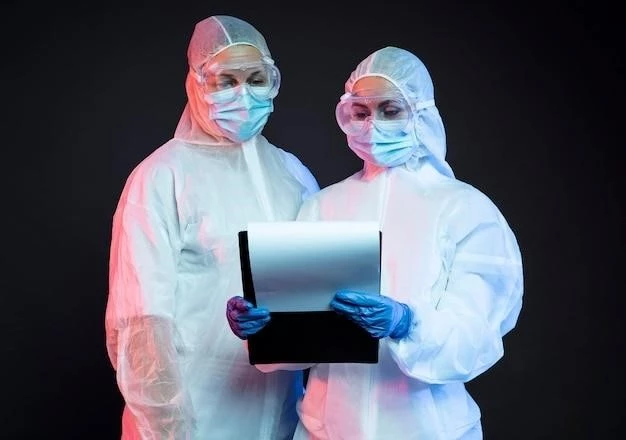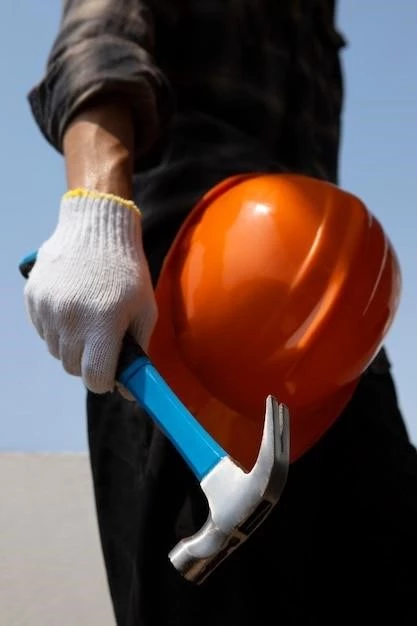The field of occupational health and safety is constantly evolving, with new challenges and opportunities emerging all the time. As a safety professional, it’s essential to stay informed about the latest trends to ensure you’re providing the best possible protection for your employees. Here are some of the key trends shaping the future of occupational health and safety:

1. Technology: The Future of Safety
Technology is revolutionizing the way we work, and it’s also having a significant impact on occupational health and safety. From wearable devices that monitor worker health and safety in real-time to AI-powered predictive analytics that can identify potential hazards before they occur, technology is providing us with powerful new tools to improve safety.
I recently implemented a new safety app at my workplace. This app allows workers to report near misses, hazards, and incidents directly from their smartphones. It also provides real-time updates on safety alerts and training materials. This app has been a game-changer for us, helping us to identify and address safety issues more quickly and efficiently.
2. Mental Health and Wellbeing
The COVID-19 pandemic has brought the importance of mental health and wellbeing to the forefront. Employers are increasingly recognizing the need to support their employees’ mental health, both at work and at home. This includes providing access to mental health resources, promoting a healthy work-life balance, and creating a supportive and inclusive work environment.
I’ve seen firsthand the positive impact of prioritizing mental health at my workplace. We now offer a confidential employee assistance program that provides counseling and support for employees struggling with stress, anxiety, or other mental health issues. This program has been a valuable resource for our employees, and it’s helped us to create a more supportive and positive work environment.

3. Data-Driven Safety
Data is becoming increasingly important in occupational health and safety. By collecting and analyzing data on workplace incidents, hazards, and near misses, we can identify trends, pinpoint areas for improvement, and develop more effective safety programs. Advanced analytics tools can help us to predict potential hazards and proactively take steps to mitigate them.
I’ve started using data analytics to identify high-risk areas in our workplace. By analyzing data on past incidents, we were able to pinpoint areas where workers were most likely to be injured. We then implemented targeted safety interventions in these areas, resulting in a significant reduction in workplace injuries.
4. A Proactive Approach to Safety
The traditional approach to safety was often reactive, focusing on addressing safety issues after they occurred. However, the future of safety is proactive, with a focus on preventing accidents and injuries before they happen. This includes implementing comprehensive safety programs, providing ongoing safety training, and fostering a culture of safety where all employees are empowered to identify and report hazards.
We’ve made a conscious effort to shift from a reactive to a proactive safety approach at my workplace. We now conduct regular safety audits, provide ongoing safety training, and encourage our employees to participate in safety discussions. This has led to a significant improvement in our safety culture and a reduction in workplace incidents.
By staying informed about these emerging trends, you can help to create a safer and healthier workplace for your employees.










